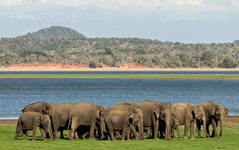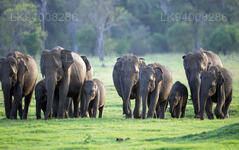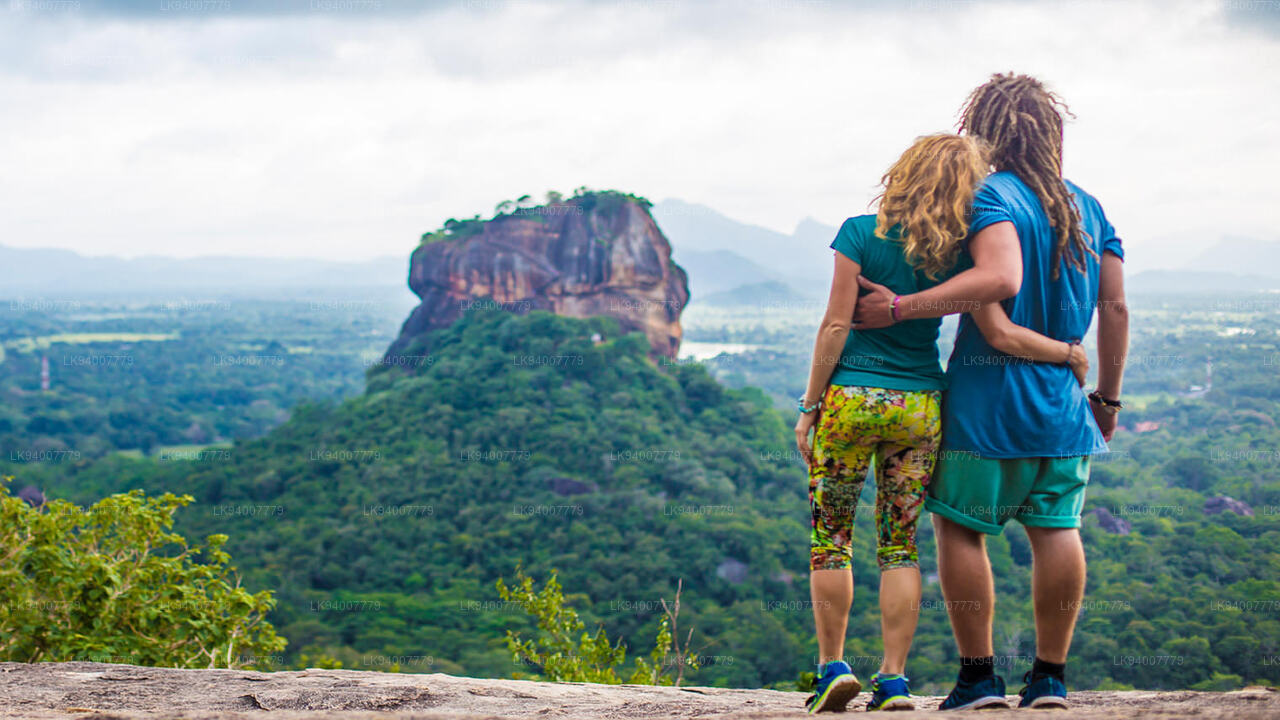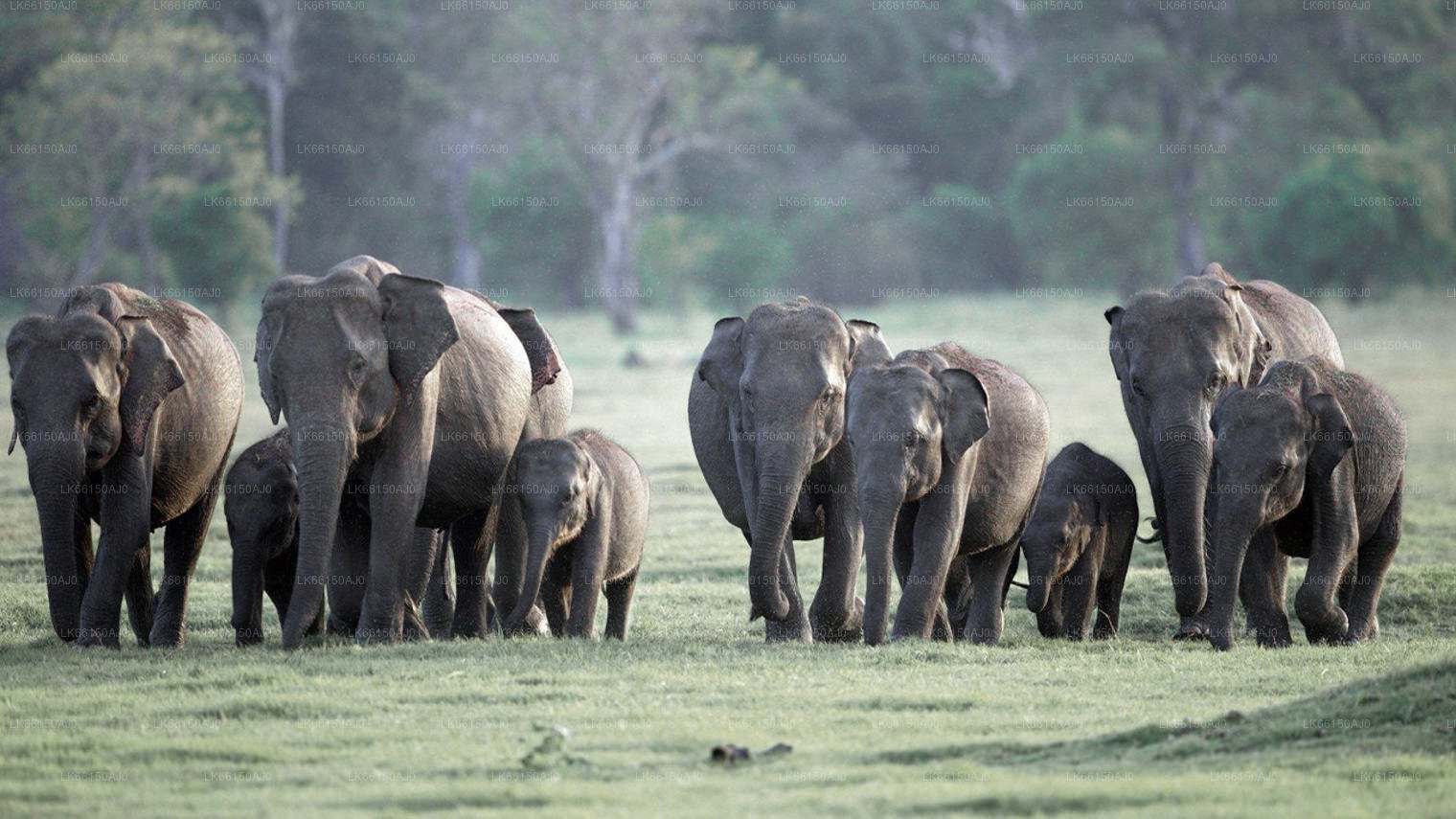
Miasto Minneriya
Minneriya, położona na Sri Lance, słynie z Parku Narodowego Minneriya, będącego ostoją bioróżnorodności i domem dla dużej populacji słoni azjatyckich. Centralną atrakcją parku jest malowniczy zbiornik Minneriya, który przyciąga miłośników dzikiej przyrody i stanowi zachwycającą scenerię dla safari.
Elephant Gathering
Around August & September every year, the receding banks of the Minneriya Lake create one of the most unique scenes you will ever see. A mass exodus of elephants create the World famous ‘Minneriya Elephant Gathering‘. A sight to behold and a must see if you happen to visit Sri Lanka!
One of the most spectacular natural scenes you will ever see! The Elephant Gathering at Minneriya is a sight to behold. During the dry season (July to September) water supplies reduce drastically in this region. To cope with this, the elephants congregate around the Minneriya reservoir where grasses are rich and fertile. The elephants come from areas beyond the reservoir and at times herds with numbers as large as 300 ~ 400 can be seen.
For any observer this is an incredible moment since this is not only a simple elephant migration. The animals here socialize, bathe and even find mates. It is a unique phenomenon of nature and can only be witnessed in this park. In fact it is so amazing it was recently listed as the Top no. 6 in the Lonely Planets’ guide to wildlife spectacles of the world.
This amazing sight known as ‘The Gathering’ is world famous for its large number of elephants. In the period of drought, the water level drops, revealing a tank bed that allows the grass to grow. During this time The Minneriya reservoir becomes a playground where the elephants can satisfy their water needs. The Gathering peaks during August & September at the height of the drought.
According to authorities the Elephant Gathering at Minneriya is the largest grouping of Elephants at one time in Asia. This event probably dates back centuries and the creatures a have done it multiple times but it has only gained mainstream attention quite recently.
You could also see this amazing sight for yourself with us in the Minneriya National Park by booking a Minneriya Safari.
Elephant Migration between Minneriya, Kaudulla and Hurulu Eco Park
There are three national parks in the close proximity within that region. They are the Minneriya National Park, the Kaudulla National Park, and the Hurulu Eco Park,. All of the three parks are immensely popular among locals and foreigners the world over for their large herds of elephants. Generally, each year during the months of July to September large groups of elephants are found in the Minneriya National Park and then they migrate to Kaudulla National Park during the months October to November due to high rains and lakes getting filled up. Then the elephants move on to Hurulu Eco Park for the final leg of their migration during the month of December to January.O dystrykcie Polonnaruwa
Polonnaruwa to drugie co do wielkości miasto w północno-środkowej prowincji Sri Lanki. Starożytne miasto Polonnaruwa zostało wpisane na Listę Światowego Dziedzictwa UNESCO. Polonnaruwa ma bogatą historię podbojów i walk, słusznie stanowiąc trzeci element Trójkąta Kulturowego. Położone około 140 km na północny wschód od Kandy, Polonnaruwa oferuje godziny niekończącej się przyjemności dla miłośników historii i kultury, oferując liczne zabytki o znaczeniu historycznym.
Wiele z zachowanych do dziś ruin przypisuje się królowi Parakrama Bahu I, który przeznaczył ogromne środki królewskie na planowanie miasta, w tym parki, budynki, systemy nawadniające i tak dalej. Okres jego panowania uważany jest za złoty wiek, w którym królestwo rozkwitało i prosperowało pod rządami wizjonerskiego władcy. Parakrama Samudra to ogromny zbiornik wodny, nazwany na cześć swojego patrona. Popularny Pałac Królewski, Sala Audiencyjna otoczona pięknie rzeźbionymi kamiennymi słoniami oraz Basen Kąpielowy odzwierciedlają najwyższy poziom inżynierii tamtych czasów.
O prowincji północno-centralnej
Prowincja Północno-Centralna, największa prowincja w kraju, zajmuje 16% całkowitej powierzchni kraju. Prowincja Północno-Centralna składa się z dwóch dystryktów: Polonnaruwa i Anuradhapure. Anuradhapura jest największym dystryktem na Sri Lance. Jego powierzchnia wynosi 7128 km².
Prowincja Północno-Centralna oferuje inwestorom liczne możliwości zakładania działalności gospodarczej, zwłaszcza w rolnictwie, przemyśle agrotechnicznym i hodowli zwierząt. Ponad 65% mieszkańców prowincji Północno-Centralnej utrzymuje się z rolnictwa i przemysłu rolno-spożywczego. Prowincja NCP jest również nazywana „Wew Bendi Rajje”, ponieważ w prowincji znajduje się ponad 3000 zbiorników średniej i dużej wielkości. Sri Maha Bodiya, Ruwanweli Seya, Thuparama Dageba, klasztor Abayagiri, Polonnaruwa Rankot Wehera i jezioro Lankathilake to miejsca o trudnej sytuacji w prowincji Północno-Centralnej.











